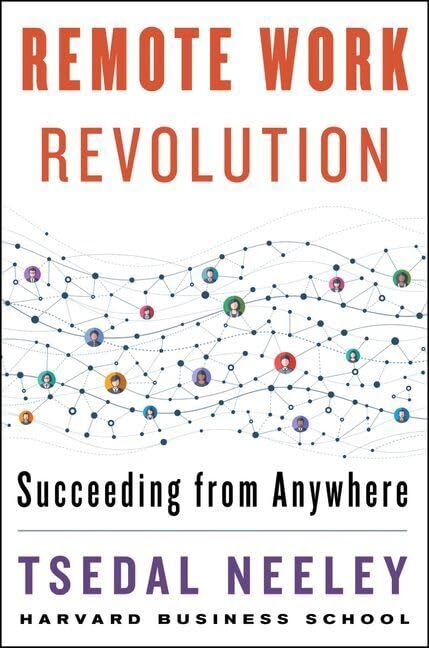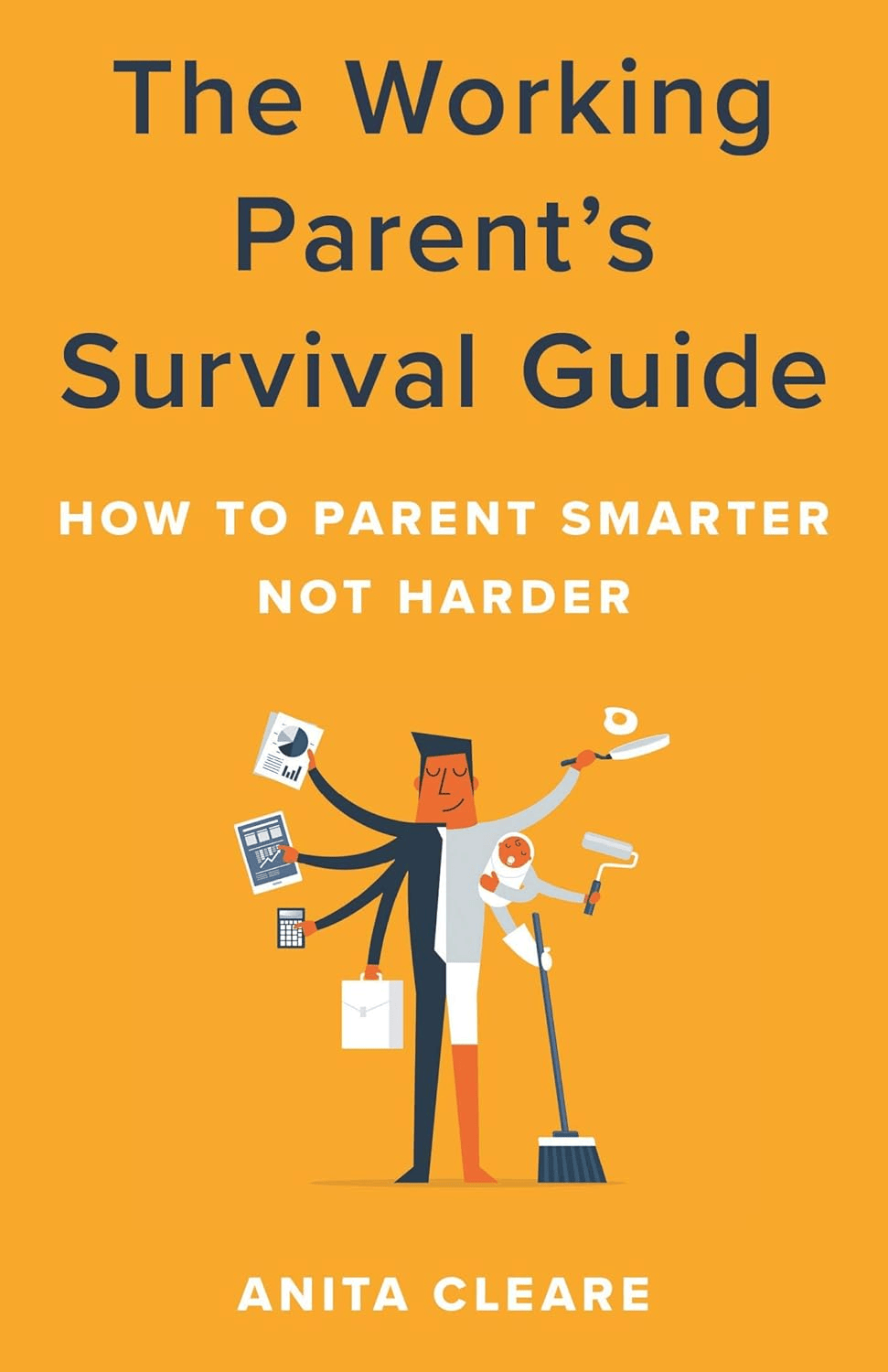The waterfall project management methodology follows a structured, sequential approach that’s ideal for projects with clear requirements. Learn the phases, benefits, and potential challenges of using Waterfall, and discover if it’s the best fit for your team. Key takeaw
Parenting and remote work: Balancing family and productivity
Building a successful career is tough, but becoming a good parent is even harder. While remote work offers flexibility, there’s no tool to prevent you from unintentionally affecting your child. To help balance family life and work, here are a few tips.
Key takeaways
Well-structured daily routines can significantly increase work productivity
Clear boundaries are crucial for proper work-life balance
Dedicated workspaces can dramatically increase focus time
Creating a sustainable routine
Parenting is often chaotic. Remote work is also… quite chaotic. So it seems like healthy schedules help with both, bringing much-needed order and consistency in the difficult life of remote-working parents. Routines are also crucial to establishing boundaries with both your bosses and the children.
Here are some essential routine elements that you should start practicing right away:
- Designate time for work. Set clear working hours and let both your teammates and your children know about them.
- Introduce breaks into your schedule. Put play sessions in between tasks to spend some quality time with your children.
- Explain “quiet times” to your kids. They should know that during these specific hours, mommy or daddy are unavailable. Except for emergencies, of course.
- Interchange different activities. Managed to stick in a couple of free hours in your tight schedule to spend with kids? Good. Now make sure that children are enjoying these little windows – different games for each day, for example.
- Give yourself a breather. Give yourself at least a 20-minute break between activities.
- Let some chaos in. Be ready for them and accept the fact that the perfect routine is non-existent.
Setting up your workspace
Sitting on a Google Meet among children's toys might sound fun, but isn’t really good for your productivity. A well-organized workspace that takes into consideration both work and family needs is an absolute must.
Here are the essentials you should think about:
- Dedicated office (or just a separate table) for work and easy focus.
- Child-proof environment. Laptop charging cables are famous for being awful toys.
- Visual work indicators. Have you seen that big, red, and glowing “RECORDING” sign in movie and sound-recording studios? Arrange something similar to let everyone know that you’re not available at the moment.
- All you need for work located as close as possible. A bottle of water, pens, journals, planners, maybe some snacks – your workspace is your sanctum, and it’s supposed to be able to sustain you for at least a while.
- Backup entertainment options. Kids are relentless in their need for attention? Give them some, and then switch to a contingency plan – a nice cartoon, for example. Just for the love of your children, do some research beforehand. Cocomelon and Pepa the Pig – please, no. Bluey or Summer Camp Island – yes!
- Emergency activity kits. Similar to the previous point, but are more “physical” so to say. A set of crayons, maybe? Some Legos? Just make sure it’s designed for the children of your age.
- Noise management solutions. Noise-canceling walls and curtains, or simply a good pair of noise-canceling headphones, will do the trick.
Interesting fact

Studies show that remote-working parents who implement structured routines are 32% more likely to report successful work-life integration!
Managing meetings and deadlines
Properly attending meetings and keeping all the deadlines in mind is arguably the most difficult part of remote working and parenting. Clear communication with both the team members and your family is crucial here.
Here are the key strategies to keep in mind:
- Schedule meetings during quiet times
- Communicate your availability (or the lack of) to your boss and your children
- Prepare activity kits for meetings in advance
- Plan for possible interruptions
- Set realistic deadlines, again, with interruptions and delays in mind
Understanding age-specific strategies
While the tips listed above can help you communicate clearly with both teens and toddlers, there are still a couple of considerations to keep in mind. A 13-year-old might not like crayons, for starters.
We’ve prepared this table below to help you adjust our tips to the age group of your kids
| Toddlers (1-3 years)
|
Preschoolers (3-5 years)
|
School-Age (6-12 years)
|
Teenagers (13+ years)
|
| Use naptime for important calls
|
Create a daily schedule.
|
Synchronize work time with homework completion and/or chores
|
Discuss and agree on house rules during work hours
|
| Alternate 15-minute work intervals with short breaks for the child.
|
Set up an additional desk next to yours for educational play purposes
|
Create a daily checklist for your kids to encourage independence.
|
Create a shared calendar of important tasks and meetings
|
| Set up a safe play area next to the workspace
|
Implement a sticker system for quiet time
|
Use headphones as a "do not disturb" signal
|
Distribute household duties considering your work schedule
|
| Play children's songs/stories to keep the child occupied.
|
Use a timer to indicate work periods
|
Schedule breaks for joint activities
|
Set times for quiet hours and noisy activities
|
| Use a portable work desk to change locations
|
Alternate active and calm activities
|
Implement an urgency system for interruptions
|
Organize a quick messaging system for urgent questions
|
|
|
|
|
|
Productivity tools and techniques
And of course – tools. These can significantly ease your parenting and working life, adding much-needed efficiency to your day-to-day activities.

A couple of essentials:
- Scheduling tools – from simple digital calendars to dedicated family scheduling apps
- Task tracking and management application – Kanban or Excel spreadsheet might be overkill – just a simple app will suffice
- Educational apps – great for keeping children engaged and learning during work hours
Related articles:
For practical tips on organizing your remote workspace, explore Effective tips for successful remote work
To learn about balancing work and travel with family, check out What is a workation? The ultimate guide to combining work and travel.
For choosing the right tools for family task management, read Project management software vs. Excel: Which tool is right for your project?
Conclusion
Managing parenting and remote working will be tough – no way to sugarcoat it. But proper schedule, consistent routine, and a whole lot of flexibility, you’ll be able to be productive and meet your children’s needs much more efficiently.
Need some help with planning? Taskee is a great, and very intuitive software, that will help you balance between career and family life.
Recommended reading


Balanced: Finding Center as a Work-at-Home Parent
Essential strategies for balancing career and family life
On Amazon








